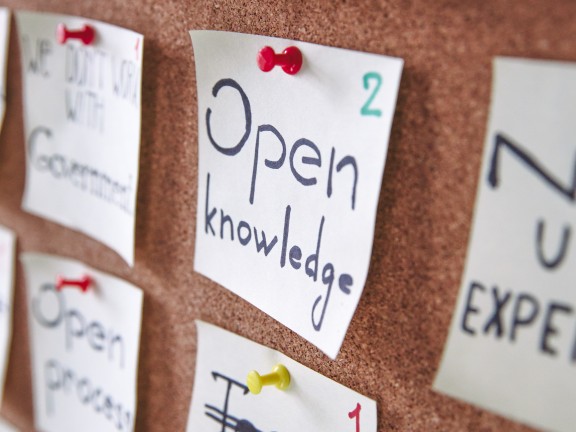Building Back Better: Updates From the Design Team

Since June, over sixty leaders from the Montgomery County safety net system have been meeting every two weeks to discuss a critical question facing health and human services nonprofits: How do we build a more resilient and equitable social safety net? Sponsored by HealthSpark Foundation, these nonprofits are digging into the impact of the pandemic on the safety net system while rethinking the safety net's role and responsibility in dismantling structural racial inequity through a series of facilitated community conversations.
From patchwork solutions to structural change
“The emerging themes and priorities that have surfaced reflect areas for which nonprofit organizations have long served as patchwork solutions - filling in the cracks created by racism and inequities, providing services with limited funding and resources often at the expense of the well-being of the people working in safety net organizations, working around outdated and burdensome regulations,” shared Meghan McVety, facilitator of the Build Back Better sessions and Principle of Capacity for Change, LLC. “The system, as it was and is, is not fair or sustainable, and it does not meet its potential to serve and strengthen the community. We have identified numerous ideas and concrete steps to make it better.”
HealthSpark Foundation launched Build Back Better in the spring to support community conversations on the impact of the pandemic on the social safety net. HealthSpark started by fielding a survey in May to collect data on local nonprofit's organizational experiences in the early days of the crisis, such as the impact on financial health, human resources, volunteerism, and board engagement.
In May, the Foundation invited local nonprofits and community organizations to serve on a task force “Design Team” to analyze this data as well as share their own personal experiences. Montgomery County Commissioner Kenneth E. Lawrence has served as the Build Back Better Design Team Honorary Chair. Design Team members have met every two weeks to create a common vision, set of guiding principles, and goals for rebuilding the safety net system.
A collective voice for change
Recognizing that the most meaningful opportunities for change come from the community, the Build Back Better process centers on creating an open space for dialogue between community partners. “This Build Back Better opportunity is nurturing understanding of the breadth of safety net organizations addressing social and racial inequalities and the ongoing physical, social, financial, and emotional recovery from COVID-19. Our discussions have consistently highlighted a commitment to a team or network-based approach going forward. I am encouraged by the collective voice in establishing lasting partnerships, the sharing and growing of expertise, and the valuing of programs and systems rooted in engaging those being served,” shared Margaret L. Longacre, PhD, Assistant Professor in the Department of Public Health, College of Health Sciences at Arcadia University.
“What is notable about the process is the sense of community among those participating, and their dedication to naming and grappling with longstanding tough issues, such as centering antiracism, focusing on mental health and wellness, addressing the need for rethinking funding structures and policies. They have balanced a sense of indignation with the status quo with hope and concrete ideas for the future,” Ms. McVety continued.
Sharing recommendations for broader impact
The Build Back Better Design Team intends to share their recommendations with the community, policymakers, philanthropy, and government, hoping that these policymakers and advocates will use these recommendations as a starting point for their own work moving forward. As an example, HealthSpark Foundation intends to use the recommendations to inform its own philanthropic activities in the fall, including through its Innovation Lab grant program, through commissioned research projects, training opportunities, advocacy, and community gatherings.
“HealthSpark has done a fantastic job bringing together a diverse group of organizations to share insights and discuss how we can collaborate to rebuild the safety net system,” said Robert Givens, Strategic Initiatives Manager of The Lincoln Center for Family and Youth. “Build Back Better is an important step toward developing a plan that will ultimately guide our collective efforts to strengthen the community both during and after the COVID-19 pandemic.”
The Design Teams will meet for their final session on Wednesday, July 29th and will release their recommendations by mid-August. HealthSpark is planning a series of virtual gatherings to share recommendations with community members and policymakers. To stay updated, subscribe to HealthSpark's mailing list, follow us on LinkedIn and Twitter @HealthSparkFdn, or check our website for more information.